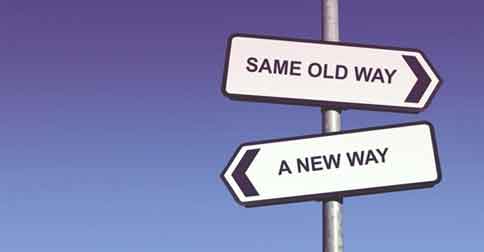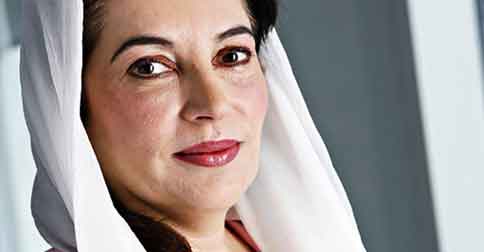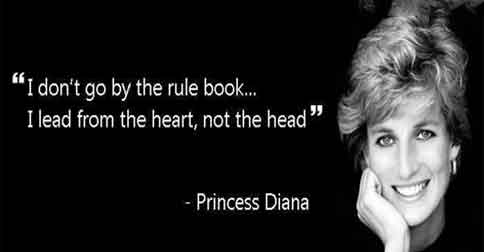How can you eliminate bad habits and become a favorite person? Here are the tips!
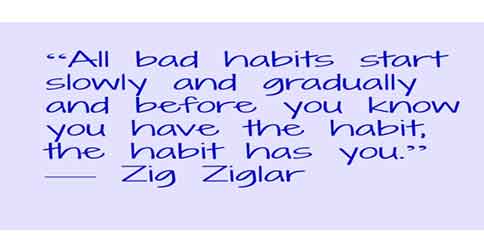
A Bad habit interferes with your life and keeps you away from fulfilling your objectives. It risks your health by making you suffer rationally and physically. Furthermore, it squanders your time and vitality. We might be reluctant to let it out, yet the vast majority of us have one bad habit at least. And keep in mind that some bad habits, for example, smoking can posture genuine health dangers, others like throat clearing, nail-biting and knuckle quipping are extremely irritating (for us and for the general population that loves us).
It feels really odd watching a person biting his nails or cracking his knuckles for a prolonged time period. So how might you be expected to get out from these negative behavior patterns now?
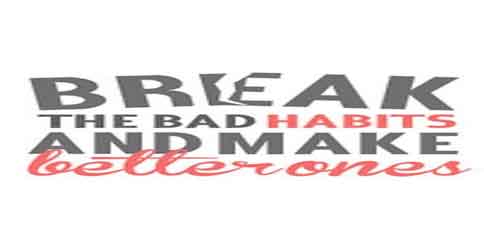
Where there is a will, there is a way, regardless of what your bad habit is. Behavior specialists have a basic three-step arrangement that can be altered to whatever propensity needs breaking. Patricia A. Farrell, Ph.D. who is a clinical psychologist in Englewood says "The more you do it, the harder it is to get freed on, yet each and every bad habit can be stopped.”
Reasons that stimulates negative behavior in human
Majority of our bad habits are caused by two things;
Tension and boredom
More often bad habits are just a method for managing pressure and weariness. Everything from gnawing your nails to overspending on a shopping binge to drinking each end of the week to sitting around idly on the web can be a basic reaction to pressure and fatigue. In any case, it doesn't need to be that way. You can show yourself new and solid approaches to manage pressure and weariness, which you would then be able to substitute set up for your negative behavior. Here are some solutions for snapping out of a bad habit.
Step No.1: Figure out the reason
The initial step is to unriddle the reason that when and why you find yourself involved in some other negative activities which can be headlined as bad behaviors. If you can observe when you are doing it and under what conditions and what emotions are connected to it, you may have the capability to make sense of why you are doing it and you would be able to break it.
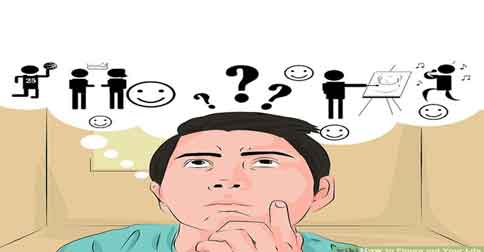
Step No. 2: Logit to filter the matter
Whatever you feel is bad, negative or unfair, write about it. This will enable you to build up a pattern to measure or compare the things. Secondly, try to wipe out the feelings encompassing the knuckle cracking and the experience you go through when you break your knuckles. This will make your bad habit more witting.
Keep the log for no less than seven days and the subsequent stage is to examine the information and take a look at what your typical triggers are. Is the bad habit is because of your exhaustedness or restlessness? Make a list of the advantages and disadvantages of this conduct and memorialize when you do it. Estimation of anything tends to transform it and makes individuals substantially more mindful in any case.

Step No.3: Replace your bad habit with a good one
You don't dispose of a negative behavior, you replace it. The majority of the bad habits that you have at this moment, great or terrible, are a major part of your life on purpose. Somehow, these practices give an advantage to you, regardless of whether they are awful for you in different ways. Bad habits address certain requirements throughout your life so, it's smarter to supplant your bad habit with a more advantageous conduct that tends to that same need. You can replace your bad habit by following these simple tips;
- Pick a substitute for your negative behavior
- Unite with some person
- Encircle yourself with individuals who experience the way you need to live.
- Matchup with somebody and quit together. You two can consider each other responsible and celebrate your gloats together.
